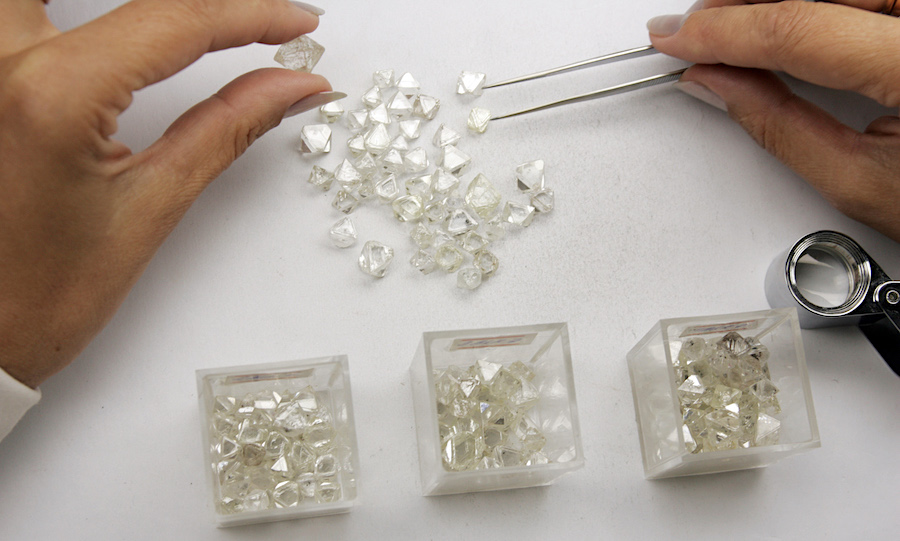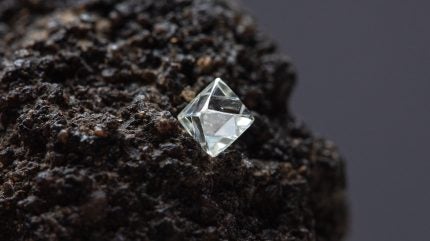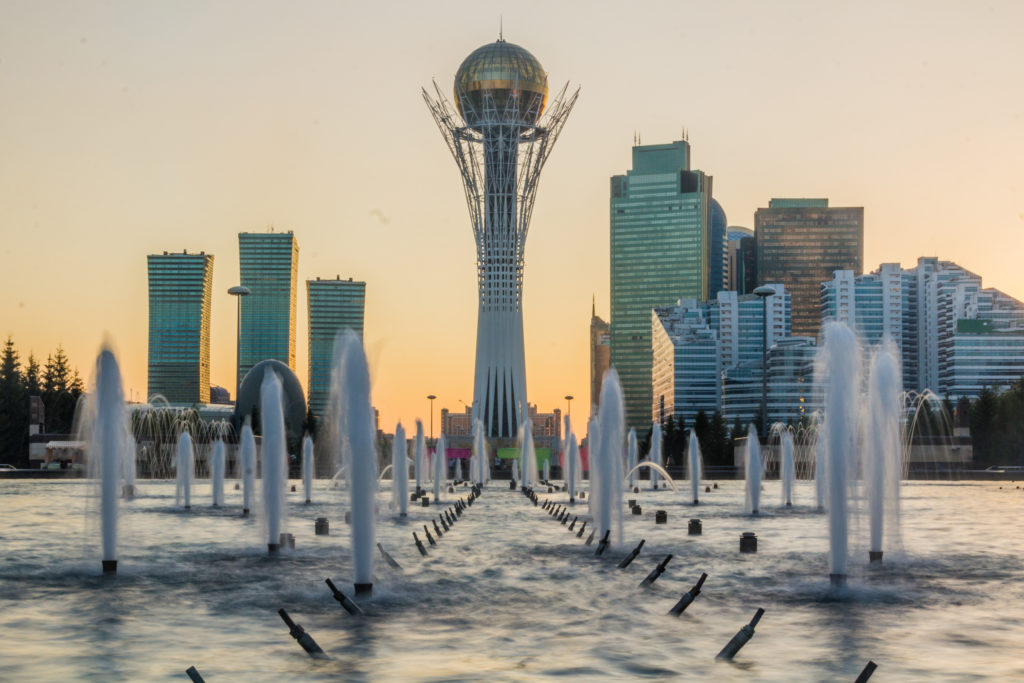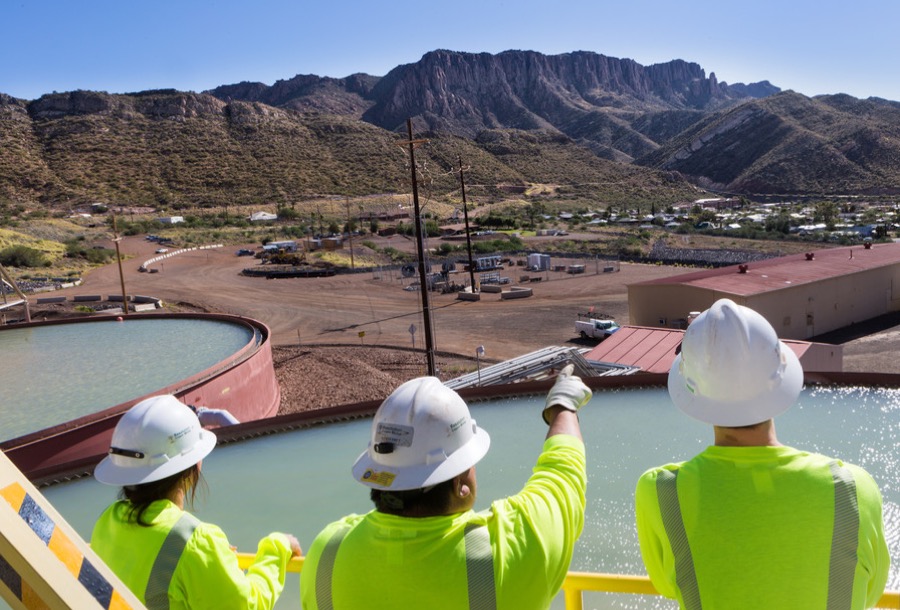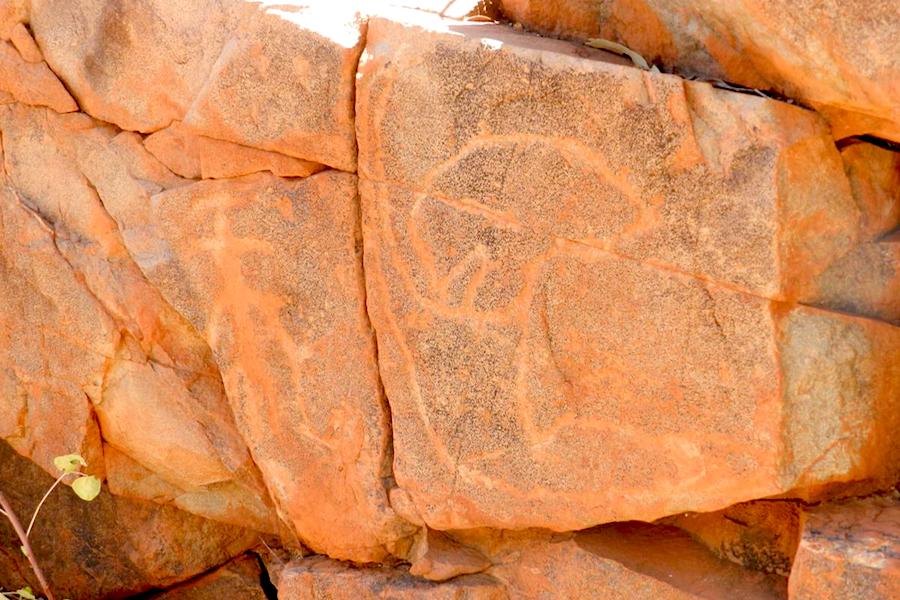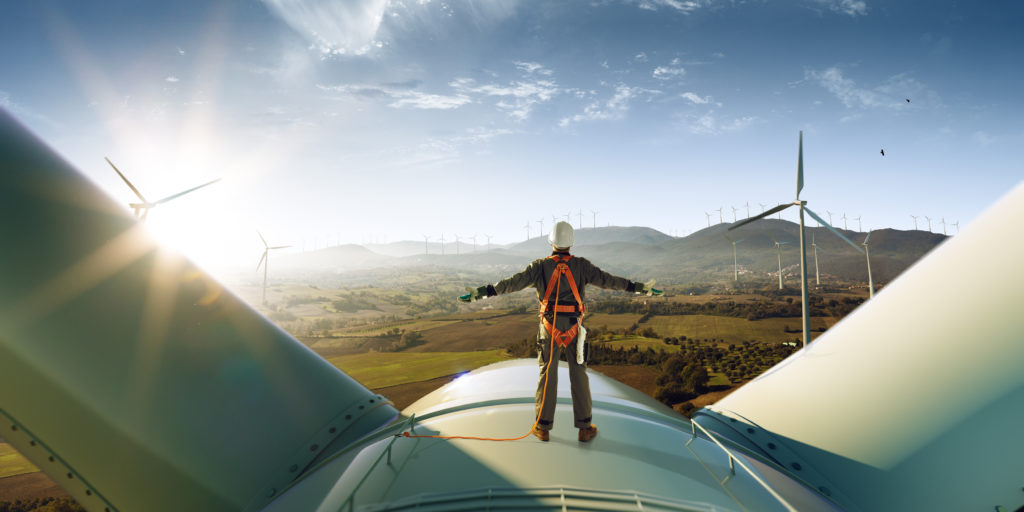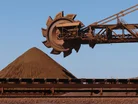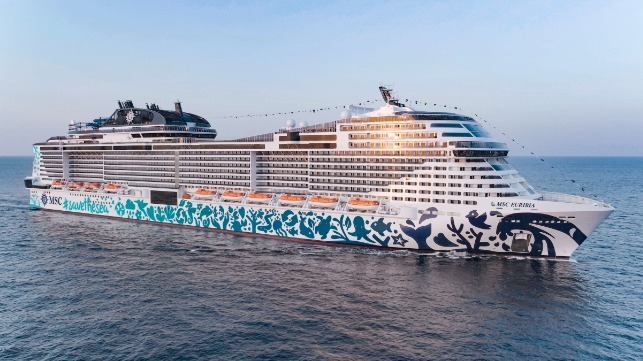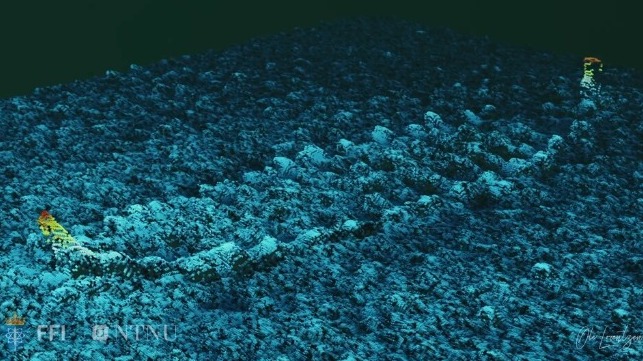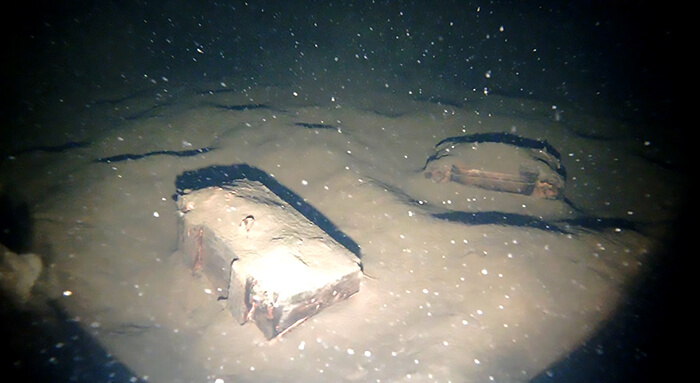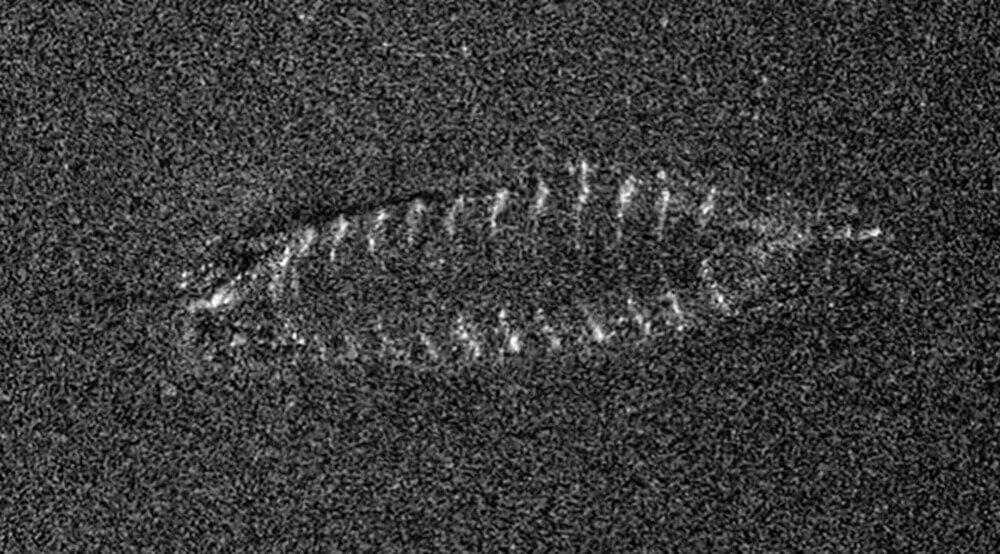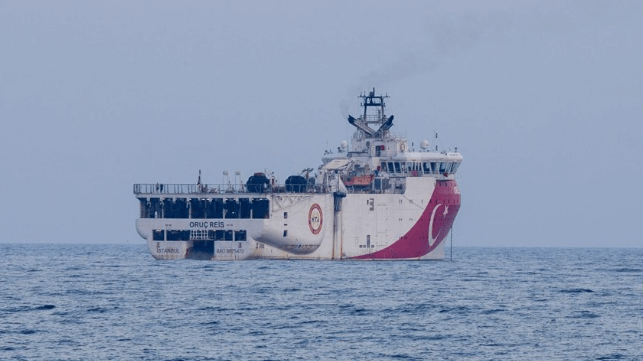
Oct 03, 2024, 18:00 ET
TORONTO, Oct. 3, 2024 /CNW/ - Global Atomic Corporation ("Global Atomic" or the "Company"), (TSX: GLO) (OTCQX: GLATF) (FRANKFURT: G12) is pleased to provide an update on its Dasa Project in the Republic of Niger. Dasa is the highest-grade uranium deposit in Africa currently under development, only surpassed by grades found in Canada's Athabasca Basin and is scheduled to achieve commercial production in early 2026.
PROJECT FINANCING
Debt financing discussions with a U.S. development bank are progressing with confirmation of the approval schedule expected in October 2024. The bank continues to voice support of the project and its intention to approve a debt facility for US$295 million, which will cover 60% of the planned project costs. Of the remaining 40% of the project funding, the Company has already invested approximately US$120 million.
Global Atomic is also in discussions with parties regarding potential joint venture investment and other financing solutions.
The extension of the expiry date of certain common share purchase warrants from September 17, 2024 to December 31, 2024, was announced on September 13, 2024. This extension is expected subject to final TSX approval.
SITE UPDATE – PROCESSING PLANT
The camp at Dasa has been expanding in phases to support the approximately 450 employees and contractors currently at the site, as well as the workforce expansion to 900 during the height of construction next year. A 60-person housing facility is nearing completion. Earthworks for the next camp phase to house 250 people are complete, and civils are now underway.
Earthworks for the Acid Plant is nearing completion. The local earthworks contractor will next move to prepare the site for the crusher with the SAG mill location to follow.
Processing plant equipment is beginning to arrive at site, beginning with components of the acid plant that were shipped through Nigeria. A video was recently posted on the Company's website (https://globalatomiccorp.com/Operations/Uranium/Photos-and-Videos/default.aspx) highlighting the remaining major components of the acid plant that have been built in India and are now ready for shipment.
SITE UPDATE – MINING
Mining activities at Dasa are advancing on several fronts. Having exceeded 1,200 meters of mine development, our Niger team, which operates under the SOMIDA company banner, has already brought 10,000 tonnes of development ore to surface and is segregating the mineralized material into low, medium and high-grade stockpiles, which will be used for plant commissioning at the end of 2025. The ramp to the ore body has been fully paved and the next phase of underground development is now underway.
To extend the mine development further the ventilation system is being expanded and the boring of a Main Fresh Air Raise is underway and now over 90% complete.
The mining team has not had a lost time incident since mining began 779 days ago. The Dasa workforce is approximately 98% Nigerien, including both experienced miners from a former underground mining operation, as well as local unskilled labour who are going through the Company training and mentorship program.
MINE PLAN UPDATE
The current Mine Plan announced on March 5, 2024, is projected to produce 68.1 million pounds of Yellowcake over a 23-year period starting in 2026. The Mine Plan is based on throughput of 1,000 tonnes per day, however, the plant has been designed to handle up to 1,200 tonnes per day. An updated Mine Plan with higher production rates is scheduled for completion in Q4 2024.
President and CEO of Global Atomic, Stephen Roman, stated, "We continue to make excellent progress at the Dasa Project site as we complete site preparation for civil works to begin and installation of the Acid Plant as the first major component of the Dasa Processing Plant."
"Recent high-level inter-government discussions about the re-opening of the Niger/Benin border have been positive and we are hopeful for a near-term resolution. In addition, as the Niger Government is keen on supporting new projects in the Country, a committee with representatives from several key government ministries is being formed to expedite the resolution of any outstanding issues that may arise relating to mining, finance, transportation and labour within Niger."
"Meanwhile the uranium market continues to heat up with higher spot prices this week. The long-term outlook for uranium demand is accelerating as announcements to expand the number of nuclear power reactors planned and approved proliferate. In September, we attended the World Nuclear Association Symposium in London, which for the first time was sold out. While there, we held successful update meetings with numerous utilities from across the globe which resulted in the initiation of several active contract discussions for Yellowcake supply from the Dasa Project."
"Two recent announcements illustrate the growth in uranium demand:Microsoft and U.S. utility giant Constellation Energy have agreed to a long-term deal wherein Microsoft has agreed to purchase all the power from Constellation's 880MW Three Mile Island (TMI) reactor over a 20-year period at prices of US$100 per MWh to power Microsoft's data centers. This deal calls for a restart of TMI Unit 1 by 2028 and an investment of US$1.6B by Constellation Energy.
The COP28 goal of tripling nuclear energy capacity by 2050, has now garnered funding support from some of the world's largest financial institutions, which is expected to accelerate the demand for uranium and the need for new greenfield projects such as our advanced Dasa Project. This has significantly improved our options for the final funding of our project."
Please visit our website www.globalatomiccorp.com for the latest site development photos and videos.
About Global Atomic
Global Atomic Corporation (www.globalatomiccorp.com) is a publicly listed company that provides a unique combination of high-grade uranium mine development and cash-flowing zinc concentrate production.
The Company's Uranium Division is currently developing the fully permitted, large, high grade Dasa Deposit, discovered in 2010 by Global Atomic geologists through grassroots field exploration. The "First Blast Ceremony" occurred on November 5, 2022, and commissioning of the processing plant is scheduled for Q1, 2026. Global Atomic has also identified 3 additional uranium deposits in Niger that will be advanced with further assessment work.
Global Atomic's Base Metals Division holds a 49% interest in the Befesa Silvermet Turkey, S.L. (BST) Joint Venture, which operates a modern zinc recycling plant, located in Iskenderun, Türkiye. The plant recovers zinc from Electric Arc Furnace Dust (EAFD) to produce a high-grade zinc oxide concentrate which is sold to zinc smelters around the world. The Company's joint venture partner, Befesa Zinc S.A.U. (Befesa) holds a 51% interest in and is the operator of the BST Joint Venture. Befesa is a market leader in EAFD recycling, with approximately 50% of the European EAFD market and facilities located throughout Europe, Asia and the United States of America.
The information in this release may contain forward-looking information under applicable securities laws. Forward-looking information includes, but is not limited to, statements with respect to completion of any financings; Global Atomics' development potential and timetable of its operations, development and exploration assets; Global Atomics' ability to raise additional funds necessary; the future price of uranium; the estimation of mineral reserves and resources; conclusions of economic evaluation; the realization of mineral reserve estimates; the timing and amount of estimated future production, development and exploration; cost of future activities; capital and operating expenditures; success of exploration activities; mining or processing issues; currency exchange rates; government regulation of mining operations; and environmental and permitting risks. Generally, forward-looking statements can be identified by the use of forward-looking terminology such as "plans", "is expected", "estimates", variations of such words and phrases or statements that certain actions, events or results "could", "would", "might", "will be taken", "will begin", "will include", "are expected", "occur" or "be achieved". All information contained in this news release, other than statements of current or historical fact, is forward-looking information. Statements of forward-looking information are subject to known and unknown risks, uncertainties and other factors that may cause the actual results, level of activity, performance or achievements of Global Atomic to be materially different from those expressed or implied by such forward-looking statements, including but not limited to those risks described in the annual information form of Global Atomic and in its public documents filed on SEDAR from time to time.
Forward-looking statements are based on the opinions and estimates of management at the date such statements are made. Although management of Global Atomic has attempted to identify important factors that could cause actual results to be materially different from those forward-looking statements, there may be other factors that cause results not to be as anticipated, estimated or intended. There can be no assurance that such statements will prove to be accurate, as actual results and future events could differ materially from those anticipated in such statements. Accordingly, readers should not place undue reliance upon forward-looking statements. Global Atomic does not undertake to update any forward-looking statements, except in accordance with applicable securities law. Readers should also review the risks and uncertainties sections of Global Atomics' annual and interim MD&As.
The Toronto Stock Exchange has not reviewed and does not accept responsibility for the adequacy and accuracy of this news release.
SOURCE Global Atomic Corporation
